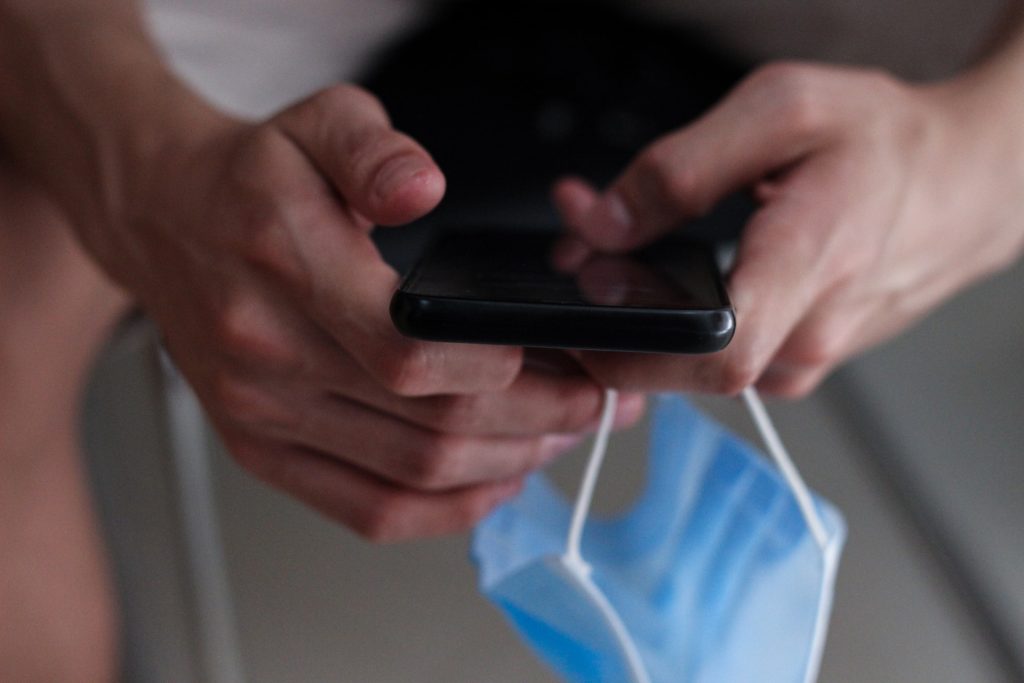Texting While Walking Increases the Risk of Slipping and Falling

People are increasingly glued to their smartphones, texting even as they walk, which has inspired a wide range of studies: some have shown that they can multitask and navigate around obstacles while other have shown that they are more likely to walk into traffic. But how likely are they to avoid a fall if they slip? University of New South Wales (UNSW) researchers investigated this by simulating an environment with random slipping threats, and reported in the journal Heliyon that texting increases the risk of falling in response to walkway hazards.
“On any day it seems as many as 80% of people, both younger and older, may be head down and texting. I wondered: is this safe?” says senior author Matthew A. Brodie, a neuroscientist and engineer at the UNSW Graduate School of Biomedical Engineering. “This has made me want to investigate the dangers of texting while walking. I wanted to know if these dangers are real or imagined and to measure the risk in a repeatable way.”
The team recruited 50 UNSW undergraduate students from his “Mechanics of the Human Body” course for this experiment. Brodie and co-author Yoshiro Okubo invented a tiled hazard walkway at Neuroscience Research Australia’s gait laboratory, which halfway through had a tile that could be adjusted to slide out of place and cause a person stepping on it to slip. Students wore a safety harness and sensors that collected their motion data. They then were asked to go along the walkway either without texting or while typing “The quick brown fox jumps over the lazy dog.”
To better simulate the uncertainty of real life, students were only told that they may or may not slip. This allowed the researchers to study how texting pedestrians might anticipate and try to prevent a potential slip, such as by leaning forward.
“What surprised me is how differently people responded to the threat of slipping,” says Brodie. “Some slowed down and took a more cautious approach. Others sped up in anticipation of slipping. Such different approaches reinforce how no two people are the same, and to better prevent accidents from texting while walking, multiple strategies may be needed.”
Despite motion data showing that texting participants tried to be more cautious in response to a threat, this did not counteract their risk of falling. When participants went from leaning forwards (such as over a phone) to slipping backwards, their motion sensors showed an increase in the range of their ‘trunk angle’. Researchers used this number to measure whether the texting condition was making students more likely to fall, and they found that the average trunk angle range during a fall significantly increased if a student was texting.
Walking also caused the texters’ accuracy to decrease. The highest texting accuracy occurred when participants were seated, but accuracy decreased even as walking participants were cautioned about a potential slip that did not occur. The lowest accuracy, however, occurred in conditions where participants did slip.
The researchers note that young people may be more likely to take risks even if they are aware that texting and walking could increase their likelihood of falling. For that reason, the authors suggest that educational initiatives such as signs might be less effective in reaching this population. In addition to education, the researchers also suggest that phones could implement locking technology similar to what is used when users are driving. The technology could detect walking activity and activate a screen lock to prevent texting during that time. In future research, the team plans on looking into the effectiveness of this intervention.
Source: Science Daily



